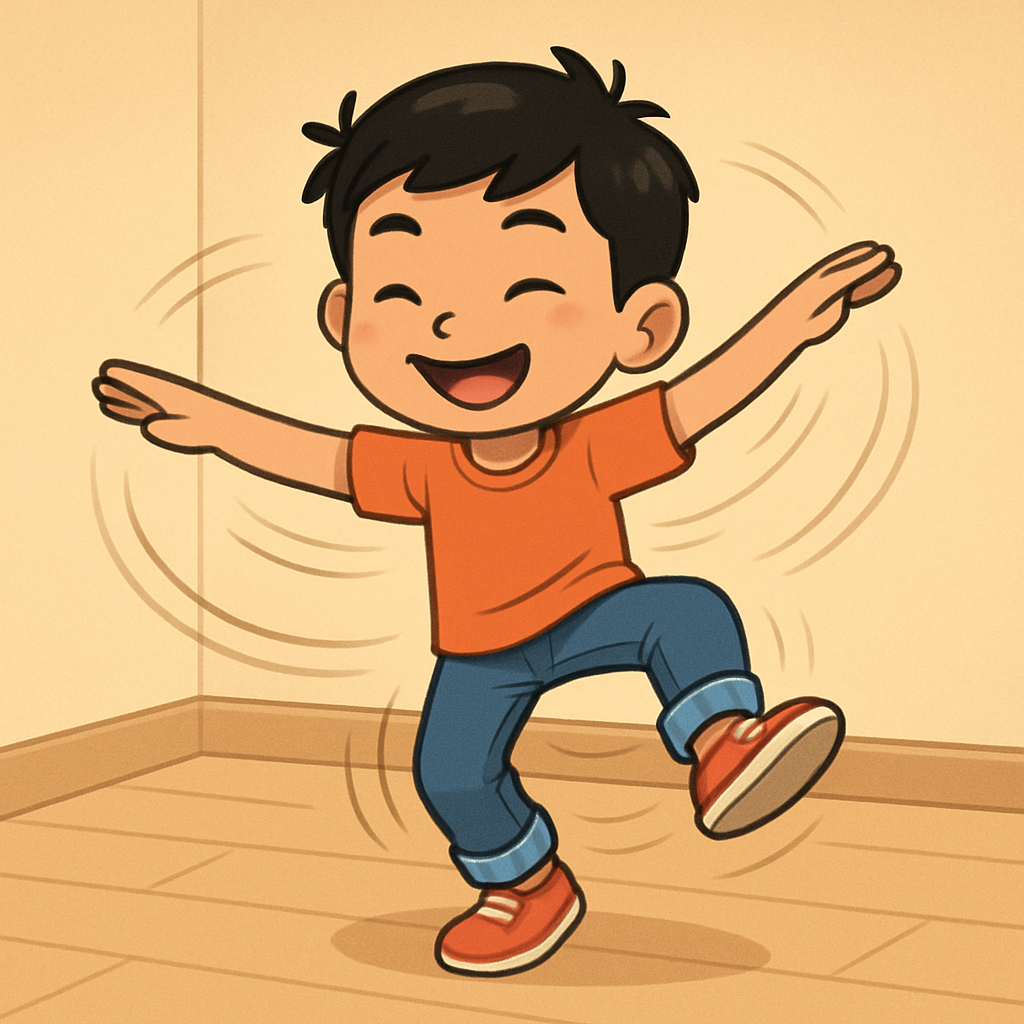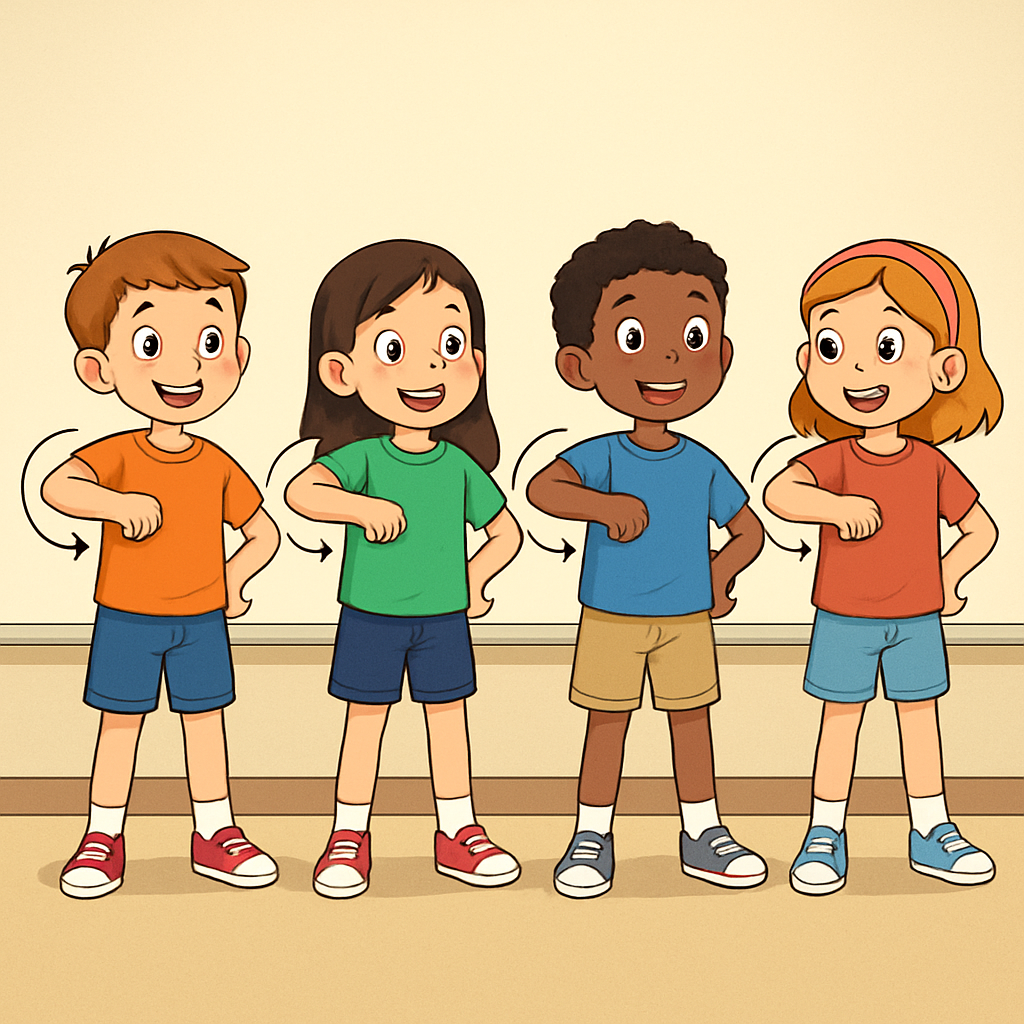
Today, you'll guide your students in exploring loops through dance coding. Begin by having them quickly revise the dance sequences you learned in the last lesson.
Explain that a loop is a way to repeat a set of instructions multiple times without having to write them out each time. This makes our code much shorter and more efficient.
Say to the class: "Remember how we followed dance moves in order last time? Today, we're adding loops to repeat parts of our dances, like repeating a chorus in a song!"
Make sure to clear a little space in the classroom for movement, so everyone has room to dance safely.
Display a simple dance sequence from the last lesson on the board.
Now, introduce a loop: “What if we wanted to repeat the 'Clap → Spin' part three times? We can use a loop!”
Explain that a loop lets us repeat instructions without writing them out multiple times. Use the virtual tool to add a loop to the sequence, showing the class how the instructions are now selected to repeat: Jump → Loop 3 times.
Model the new sequence slowly, doing the jump once and then repeating the looped part twice times.
Say the steps out loud as you do them.
Have the class mirror you. If anyone gets confused, say “Bug—reset!” and start over. Run the whole sequence twice slowly, then once at a normal pace.
Now, it's time to take your students' coding skills to the next level. Use the updated Random Dance Generator on your classroom screen. This new version includes loops to make the algorithms more challenging.
Generate a sequence and read it aloud. Make sure to demonstrate it yourself, showing the new looping action. For example, if the generator shows Jump → Loop 3 times → Spin, do the jump, then repeat the clap and spin movements three times in a row.
Have the class follow along with you, slowly at first, and then at a faster, steady pace. Encourage them to count the repetitions out loud as they go through the loop.
Try out different variations of loops with the class! You can look for sequences with different repetition counts or even ones that have multiple loops. This will help them see how loops can make algorithms more complex and interesting, just like in real computer programs.
Divide the class into small groups of 3-4 students. Give each group paper and markers to create their very own dance algorithm. Instruct them to come up with a short sequence of 4 moves that includes at least one loop to repeat a set of moves. They should draw pictures or write the names of the moves and clearly note how many times the loop should repeat.
Allow them 10-15 minutes for planning and coding their dances. Once they're ready, have each group perform their coded dance for the class. The rest of the class can try following along!

Congratulations to your students! Now it's time to celebrate their creations. Congratulate them on a fantastic job and announce that it's time for the "Loop Showcase," where each group will get to present their dance.
Have groups take turns coming to the front of the classroom. Instruct them to show and teach their dance sequence to the class, making sure to point out where their loop is. Encourage everyone else to try dancing along and executing the code exactly as it's presented.
After each performance, lead a short discussion using these questions:
"How did the loop make your dance easier and more fun to code?"
"Can you think of other places where loops are used, like in songs, games, or even your favourite toys?"
This final discussion helps them connect the hands-on fun of their dance to the real-world applications of loops, from a song's repeating chorus to a video game character's walking animation.